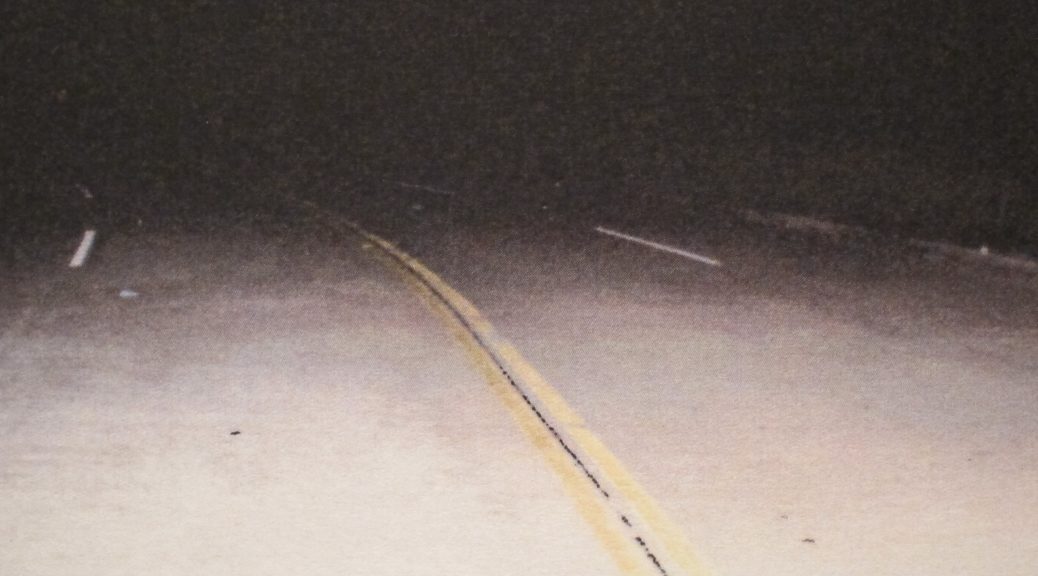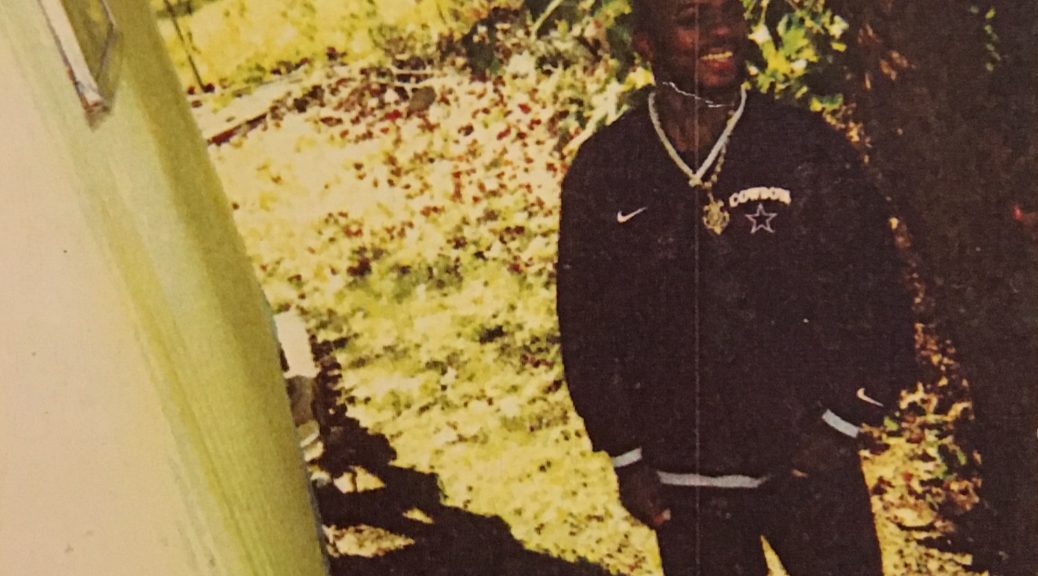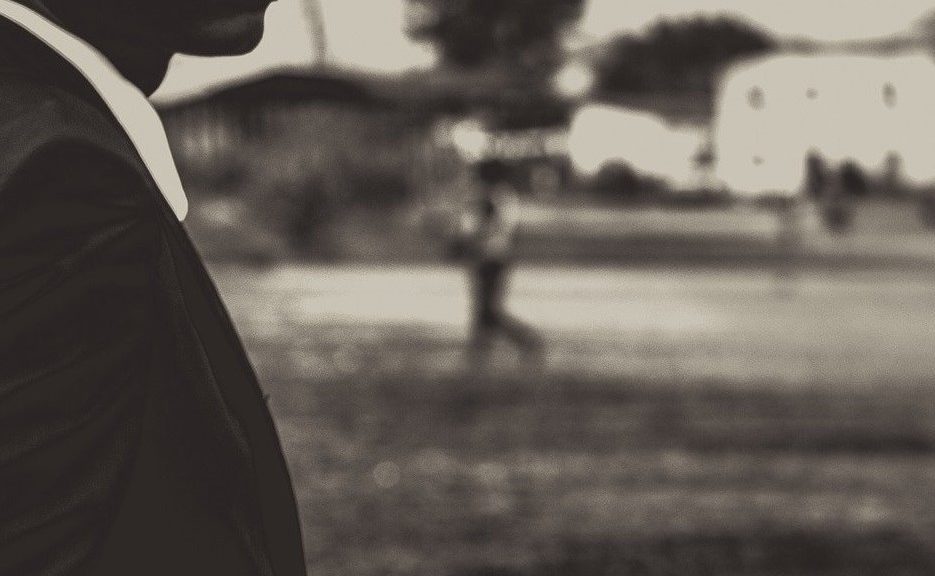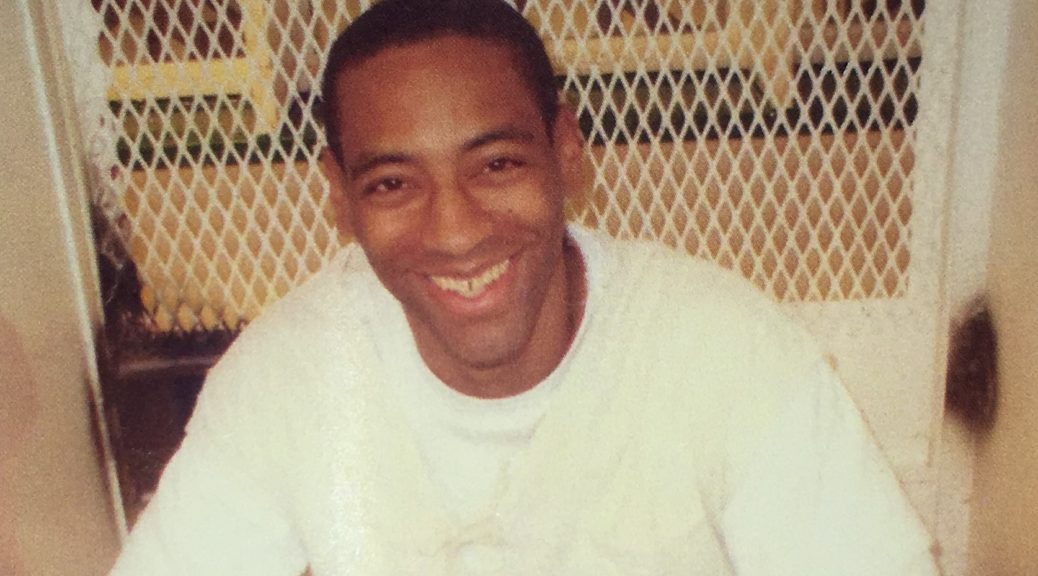Home is not where we lie our heads, but where our hearts lie, places we’ve made such fond memories that they become ‘home’. One such place for me was the Pizza Inn of Wilson, North Carolina, a popular eatery with a rustic theme from an era that marked the century. The Pizza Inn was a throwback to the Old West, and although that was a time of great social inequity, this place attracted customers of all shades with deep roots to the area and shallow pockets. Some bathed in the ambiance of the dining décor, others dipped by for drive-thru. More than a community staple where kids made memories, the Pizza Inn was a sanctuary.
Growing up in low income housing on the outskirts of town, my friends and I loved to explore. If there was one thing we learned by not having much, it was that it didn’t take much to have fun. Our callow imaginations were like tokens of passage to adventure, turning local woodlands into perilous jungles and rooftops to frigid mountains.
On Saturdays we’d pretend our bikes were exotic cars as we raced across town through traffic. Nothing could quell our enthusiasm but the air of hometown pizzas. All week long we’d stashed away coins, some of us receiving allowances, in anticipation of the Pizza Inn’s All-You-Can-Eat buffet, a utopia of sauces and molten cheeses all for ‘four dollars and eighty-something cents’. If one of us came up short, we all dug deep for donations.
Sighting the overhead logo through the trees, our legs pumped even faster before arriving at the wooden guardrail out front where our tires screeched to a halt. We tethered our bikes under lock and key then poured through the corridors, dusting off our soles and gritty misfortunes on a tatty welcome mat.
Once inside we were greeted by the hostess whose smile dazzled with delight – not the smile we were used to, one half-cocked with suspicion. In fact, that was the magic of the Pizza Inn – its fair and equal treatment. At twelve years old, we’d long ago learned of the racial imbalance that plagued American history, a sordid reality that we wore like armor, making us wary of mistreatment yet defiant. But inside those doors there was no distinguishing whites and blacks. No disserving the lower class. No greeting more hospitable for one patron than the next. Everyone was V.I.P. There were no contemptuous glares or scowls of rejection that condemned us for living in the projects, just hungry families creating lasting memories in a place that was affordable and safe.
We strolled through a dining gallery of linen clothed tables surrounded by dimly lit booths with tapestries and other Western memorabilia fastened to the walls. Gentle melodies trickled in the background, blended with the thrum of chatter, while the featured attraction – the extravagant pizza display – elicited good cheer. Sausages. Hamburgers. Pepperonis. Cheeses. There were thin-crust pizzas topped with garlic. Onions, anchovies, mushrooms… and more, as we stood thinking, ‘there must be a god’.
After selecting our dining stations, the hostess scribbled down our orders and bustled off to gather beverages while we filed around the buffet cart, goaded by our appetites, stacking slice after slice on our plates.
We tossed around banter over warm bites of pizza until seconds and thirds were in order, like members of an elite club enjoying a round of laughs at a banquet that was held in our honor. We chomped away until our work was done and our tummies round and laden as we made our way to the cashier’s stand where we proudly settled our bill.
Those were the moments in which the Pizza Inn felt like ‘home’, where a crew of adventurous kids with no more than a few scraps jingling in our pockets could receive quality service and respect. Just thirteen years later – all of that changed. Those memories became a distant blur after robbers targeted the pizzeria and left their shift manager dead. One of the perpetrators, a close friend and neighbor, alleged I was his accomplice and actual triggerman. With a number of corroborating witness accounts and shoddy legal representation, my innocence never stood a chance.
Unfortunately, it didn’t matter that critical lies were told, DNA tests were negative and much of the testimony conflicted. Am I naïve enough to think that after twenty years on Death Row being innocent even matters? Maybe it does, but only to a handful of hopeful humanitarians. To others any claim of innocence on my part will be deemed both airy and insulting.
So why did I write this piece if not some callous design to soften minds and recruit supporters by clinging on to meager contradictions? Set minds are hardly ever swayed, and it is not an attempt to evoke pity – that belongs to the families who’ve had to endure the tragic end of a loved one.
I wrote this merely to restore something that was lost, something that was no one’s to take. Of course, no amount of loss could ever equate to the loss of life. In no way am I making a comparison. Simply put, I am stating that due to my un-involvement, I’ve been made a victim too – as much as it will grind the teeth of the naysayers to hear. Vengeful mobs will revel at my extermination at the words of one seeking to escape accountability in a system that offers leniency to criminals for their role in a crime in order to secure a conviction. It’s because of this I even became dissociated with the Pizza Inn and consequentially suppressed memories, safeguarding my thoughts until I had almost forgotten what the place meant to me.
I am writing this to salvage a piece of my childhood that was swallowed up in the debacle, memories of pleasure and independence, a time when those grounds were sacred. I’m writing to reclaim memories that bear the truth and don’t dispute my innocence, memories of adventure, growth and pride… and lots of love for pizzas.
The Pizza Inn was a sanctuary, and its doors swung unbiasedly open. The cost of a memory was just ‘four dollars and eighty-something cents’. It was a place where no one should ever have been murdered and no one falsely accused – and for now, I let that be the one thing on which my innocence stands.
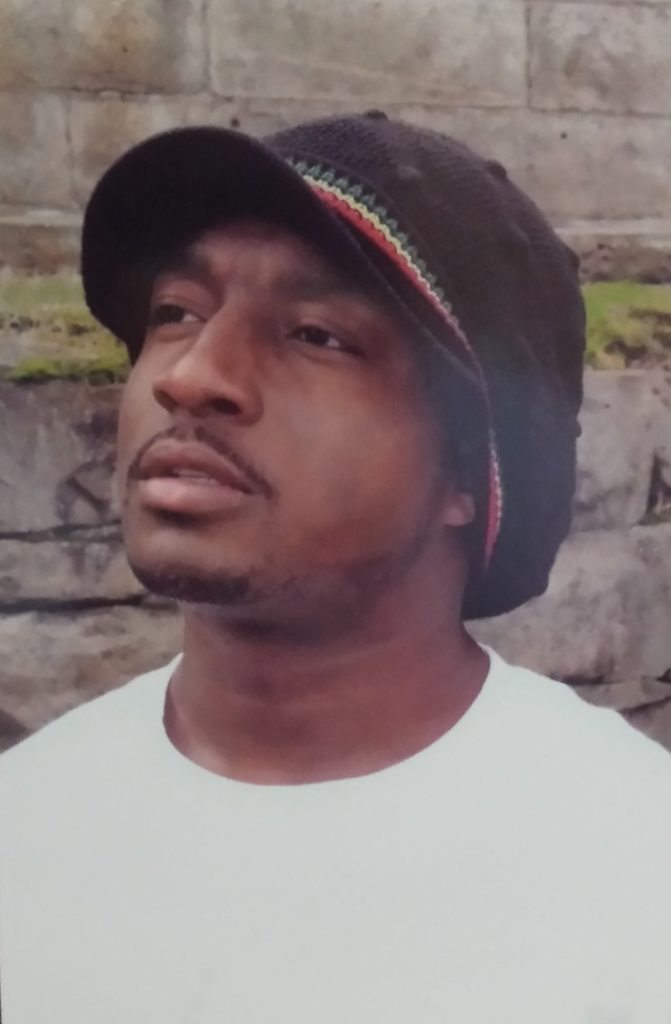
ABOUT THE AUTHOR: Terry Robinson writes under the pen name ‘Chanton’. Terry is a gifted and thoughtful writer who is currently working on two novels. He lives on Death Row but has always maintained his innocence. Mr. Robinson can be contacted at:
Terry Robinson #0349019
Central Prison
4285 Mail Service Center
Raleigh, NC 27699-4285
![]()


